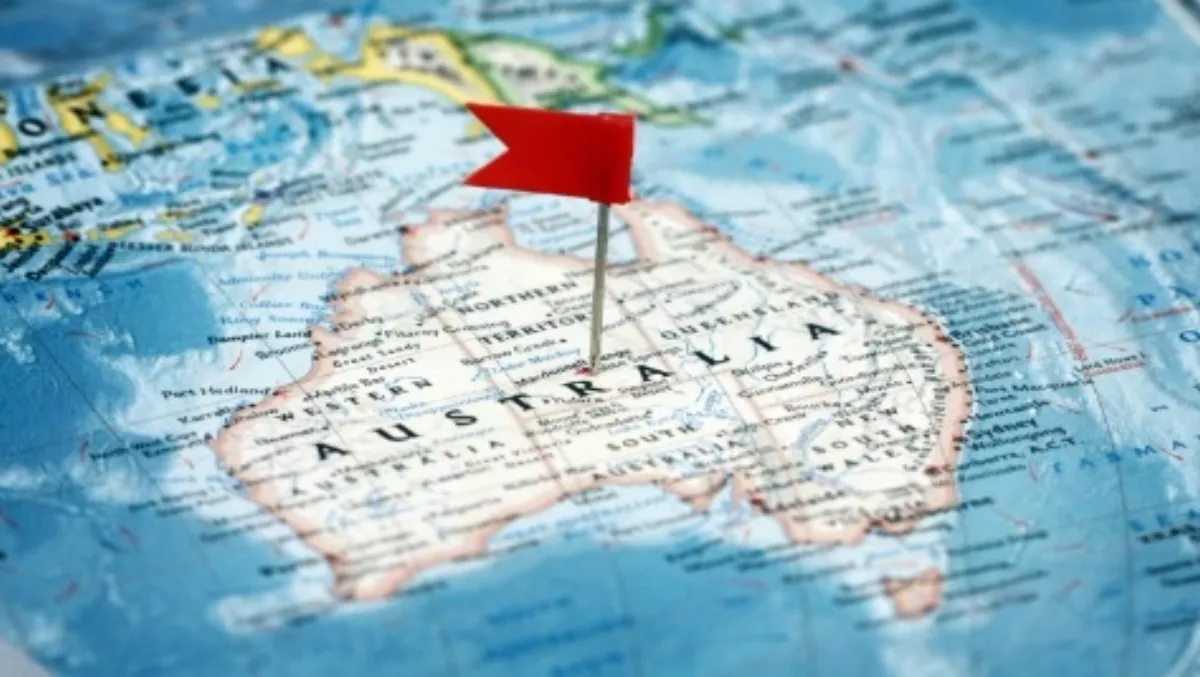
Fonterra says under-performing Australian units will be 'given attention'
Fixing under-performing businesses in Australia is a key part of Fonterra Cooperative Group's renewed push to drive more value from transforming the business, particularly when low global milk prices depress its payout to farmers.
The cooperative disappointed its farmer shareholders today with its half-year result, which included an interim dividend of 10 cents a share and a trimmed full-year dividend forecast range of 20 cents to 30 cents per share for the 2014/2015 season, given the current low milk price.
The forecast farmgate milk price was maintained at $4.70 per kilogram of milk solids. Net profit after tax for the six months ending Jan.31 was down 16 per cent to $183 million, reflecting tough conditions in the dairy industry and variable production, demand, and pricing. Revenue was $9.7 billion, down 14 percent on the previous year.
Federated Farmers dairy chair Andrew Hoggard said the big disappointment today was the drop in dividend, which is meant to reflect the value in Fonterra's value-added products. Farmers expected a low milk price to reduce the cost of producing value-added products and therefore result in a higher dividend to farmers.
"Obviously today's result shows that this isn't the case, but Fonterra will need to explain that well, and clearly, to their shareholder farmers," he said.
Fonterra said the impact on the dividend was more complex than what farmers expected. The lower milk price from its New Zealand milk pool benefited its China and Asia operations but these only accounted for 15 percent of the business. In Australia, Chile and Brazil, the prices paid for milk are influenced more by in-market dynamics than global prices, which meant they faced higher input costs.
Westpac economist Michael Gordon said the bank was still maintaining a full-year forecast milk payout of $4.90 kg/MS but didn't expect that to be announced until the end of the season.
"We weren't expecting big things from today and we didn't get it," he said.
Fonterra chief executive Theo Spierings said despite the current market price volatility, the company remained committed to its three-year-old strategy to grow the cash payout through converting more milk into higher-returning products by 2025, especially through its consumer and foodservice operations. While the change had not been easy, it now needed to be sped up, he said.
That change included aligning Australia to its multi-hub strategy, which represented a A$50 million opportunity, he said.
The company said it had strategies underway to combat intense competition in the Australian market and to achieve greater use of its assets in what is one of the group's largest international business units and one of four strategic markets, alongside China, Indonesia,and Brazil.
Fonterra's also likely to benefit from Australia's recent free trade agreement with China, which will see tariffs on Australian dairy products phased out over the next four to 11 years and the 15 percent duty on infant milk formula wiped over four years.
Fonterra operates 10 manufacturing sites across Australia, processing 1.7 billion litres of milk sourced locally each year.
Fonterra's ingredients business reported $299 million in normalised Ebit for the half year, impacted by a negative $84 million gross margin from the Australian ingredients arm.
Moves already undertaken in Australia include reducing costs, which have dropped $35 million or 21 per cent in the past two years and rationalising its consumer brands. It's also had success building strategic relationships with Fonterra now ranked as the number one supplier in Coles supermarkets, compared to number 33 last year and it has scored a new private label contract with Woolworths.
Chief financial officer Lukas Paravicini told BusinessDesk the multi-hub strategy involves aligning different demand needs with different supply pools. In Australia the higher milk price reflects that most of the dairy industry produces nutritional milk powders, whey and cheese products.
Fonterra needed to change its product mix in Australia to better match demand, he said. New Zealand would become more of a hub for commodity products such as whole milk and skim milk powders while Australia shifts away from low-priced skim milk powder and focuses on nutritional milk powders and speciality cheese such as mozzarella, Paravicini said.
The product mix change was complicated by a recent fire at Stanhope in Victoria, which produces speciality cheeses for the Australian market, and had not been able to produce cheese for a few months.
On the consumer and food service side of the business volumes and value were down in Australia for the first half. Brand and foodservice market share for chilled spreads and cheese was up 22 per cent for the first-half but yoghurt had fallen 17 per cent.
Paravicini said the yoghurt business in Australia had not performed well due to aggressive competitive pricing, dragging down the good progress made in other parts of the market.
"The yoghurt business needs attention and we will dedicate that attention to it," Paravicini said.
He was confident the product mix changes and improvements in the yoghurt business would happen within a year.
Under its partnership with Chinese infant food manufacturer Beingmate, in which it has taken a near 20 per cent stake, Fonterra's under-used Darnum plant in eastern Victoria is being bought by the 50:50 joint venture company and production and exports of infant formula will be ramped up.
The Darnum plant has the capacity to produce more than 300 tonnes of milk powder per day and Fonterra recently invested more than A$45 million into the site to boost production.

